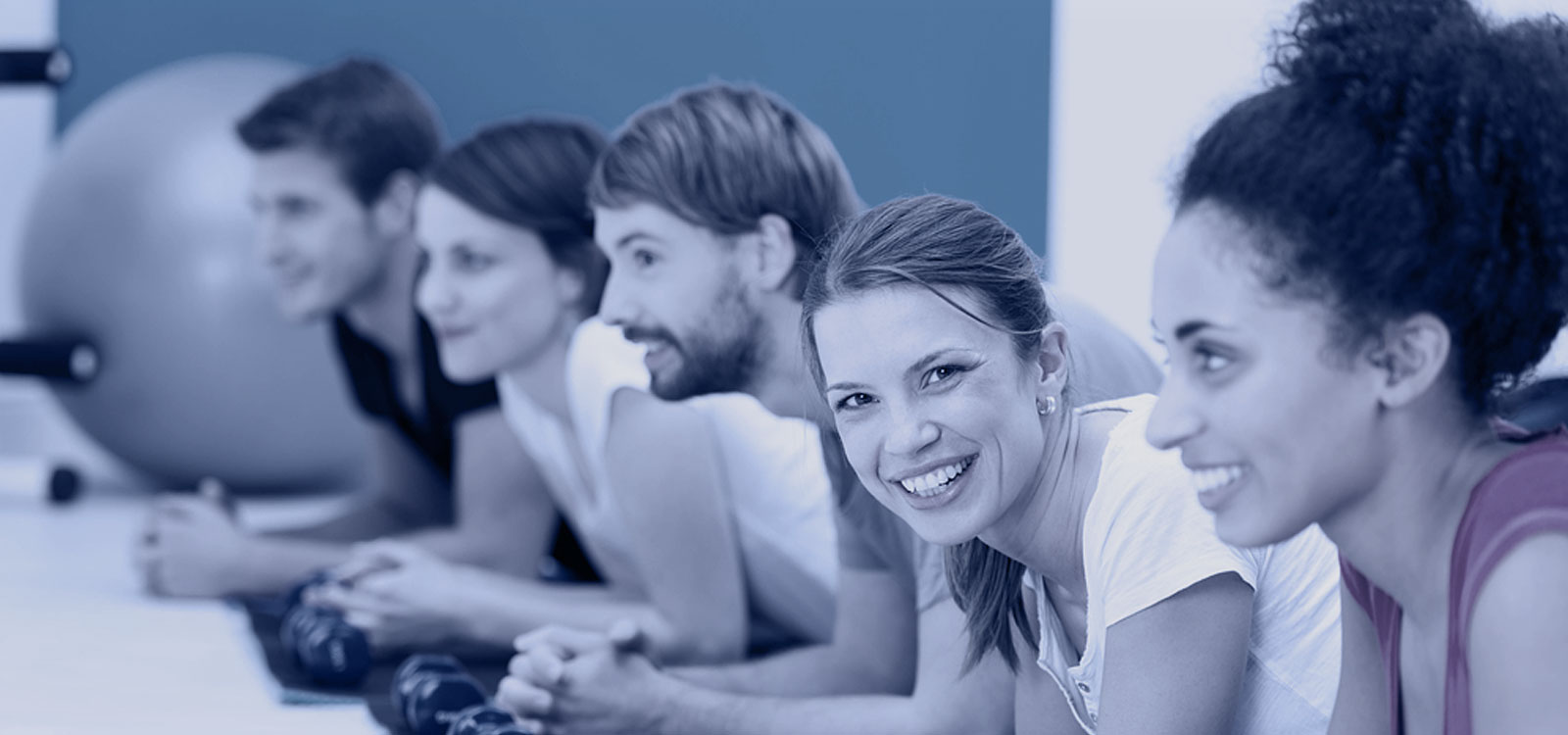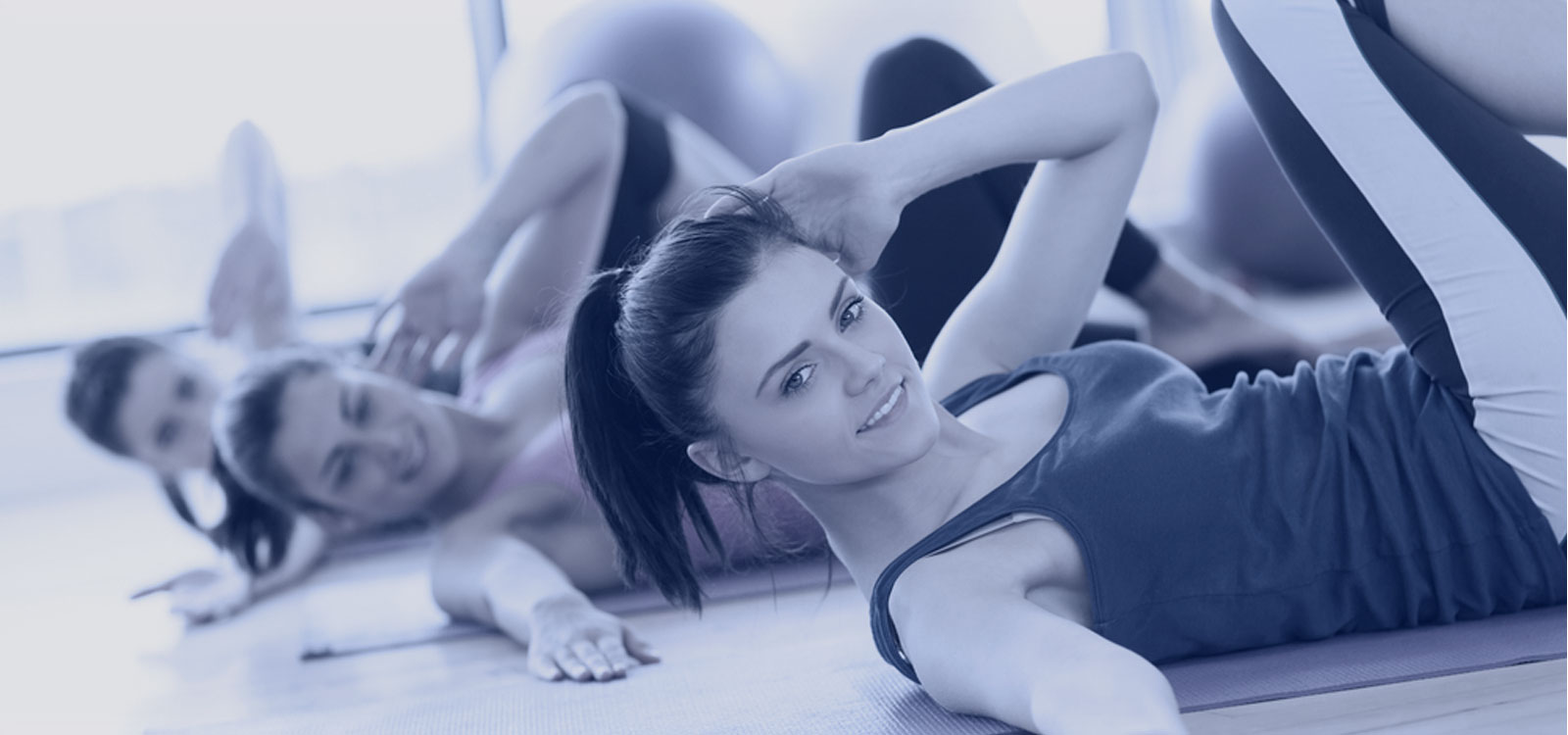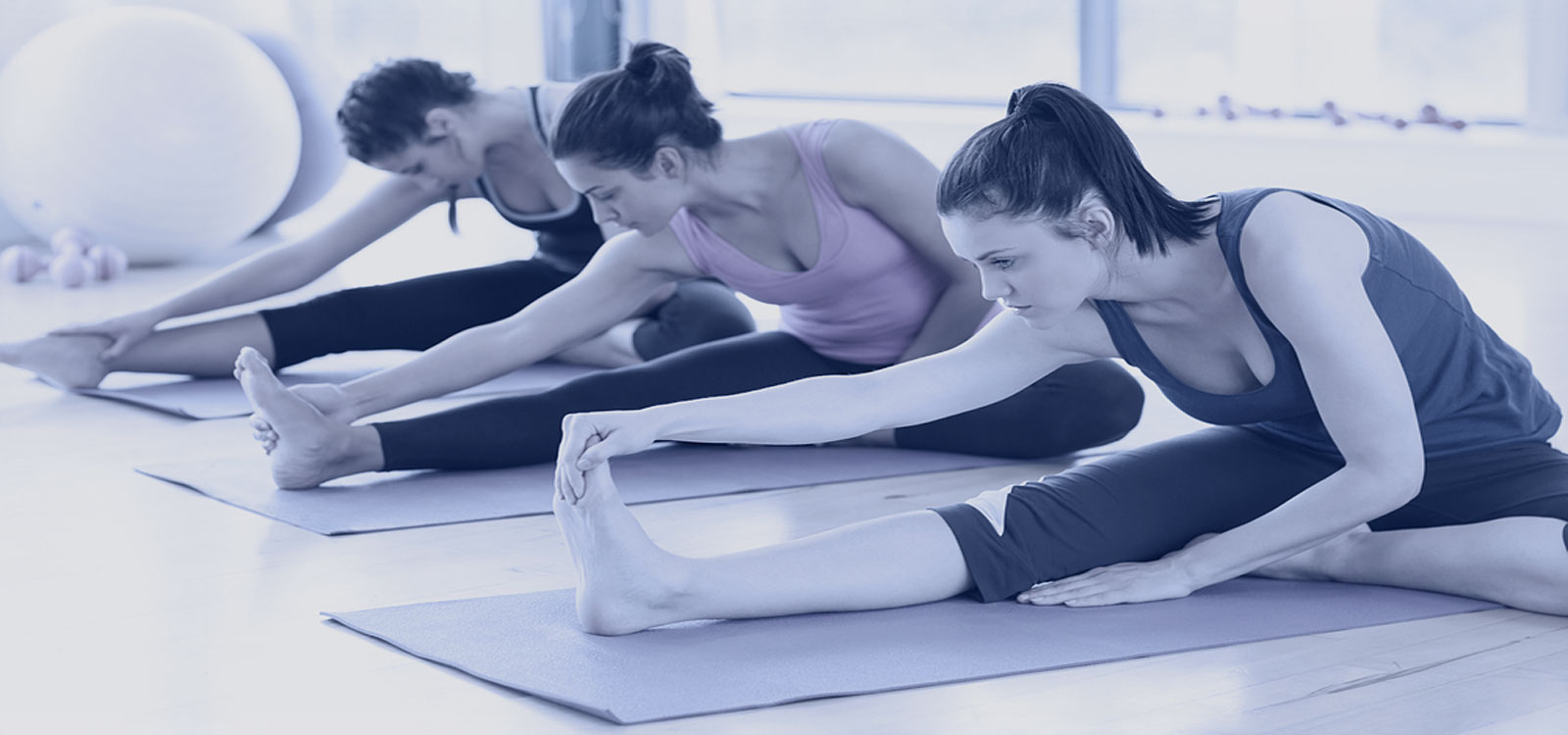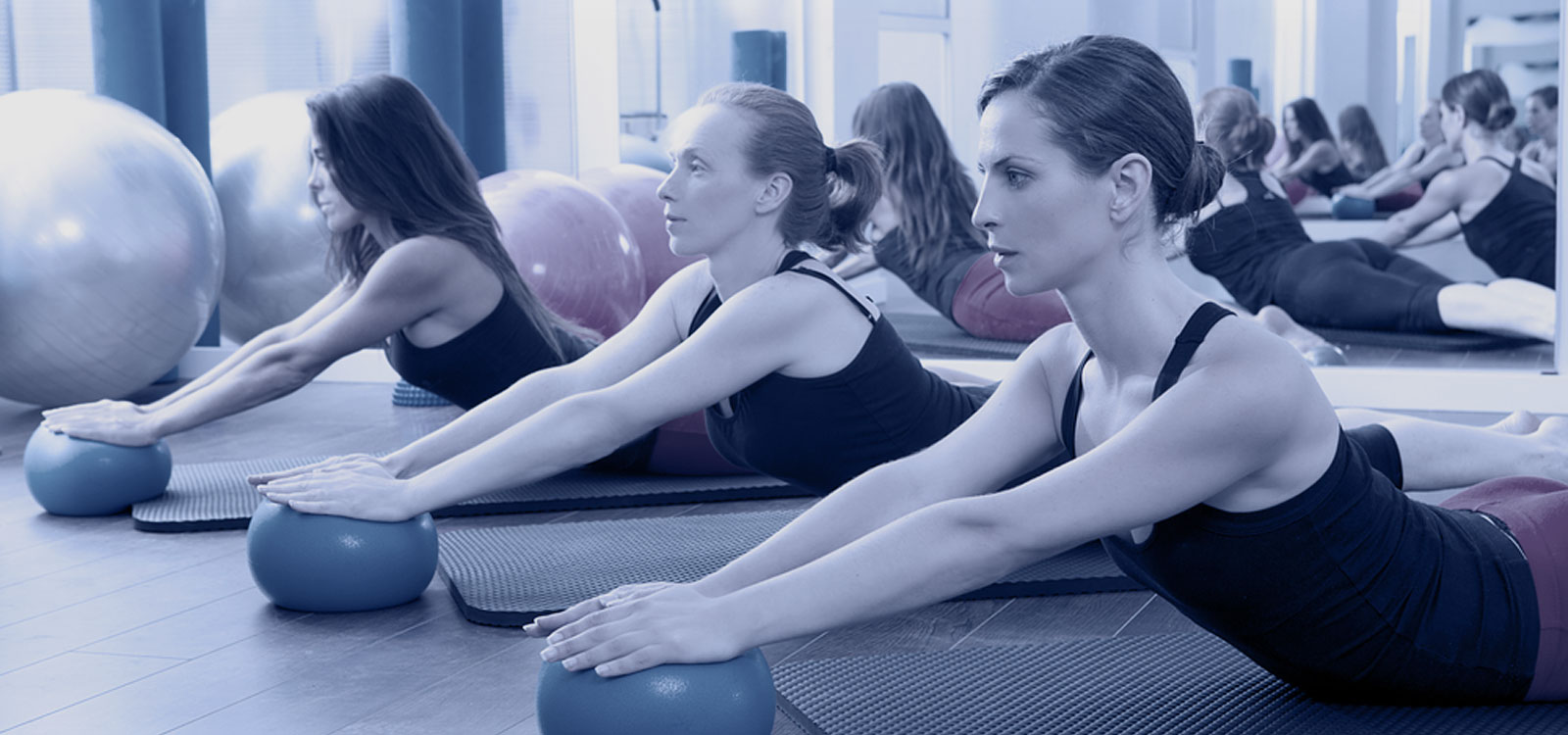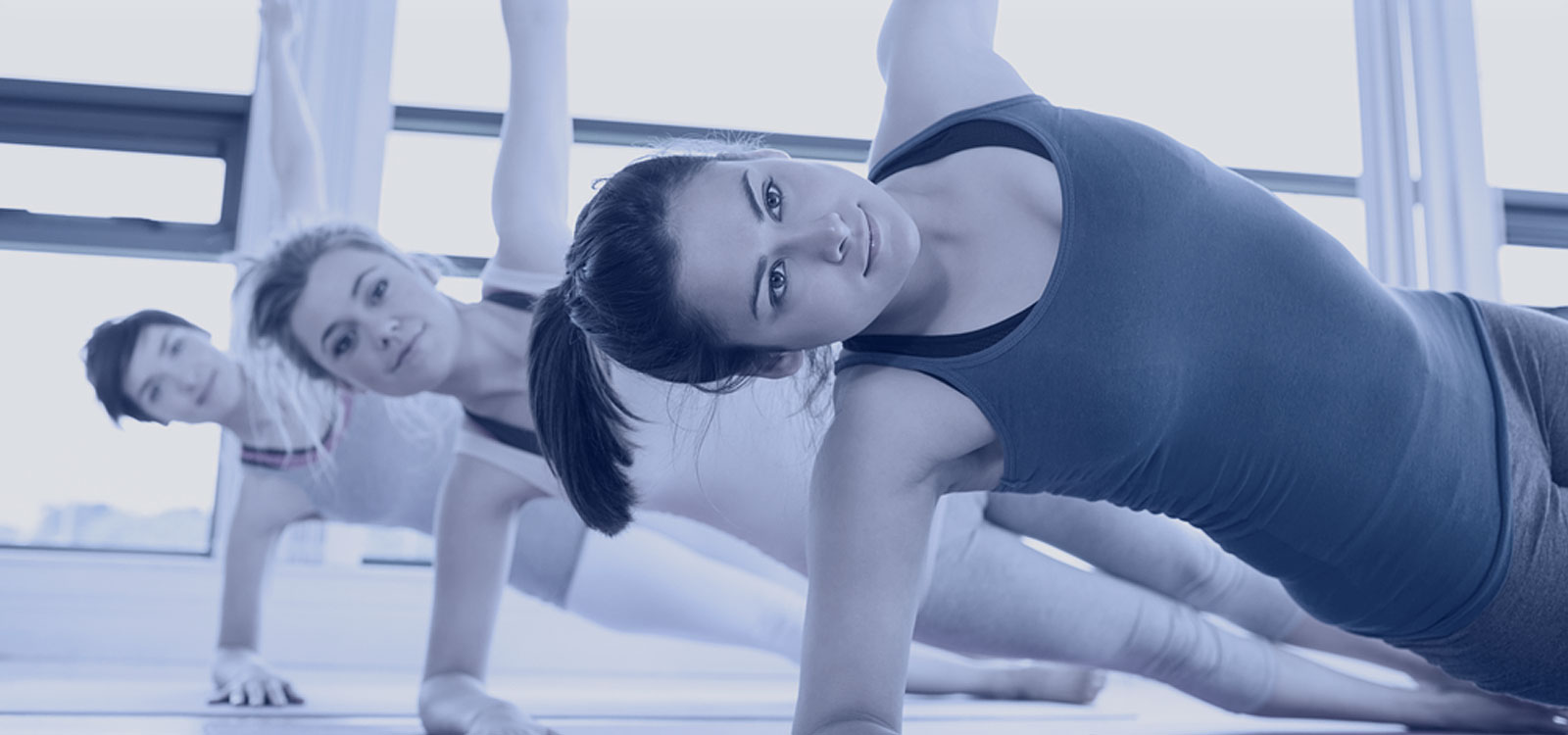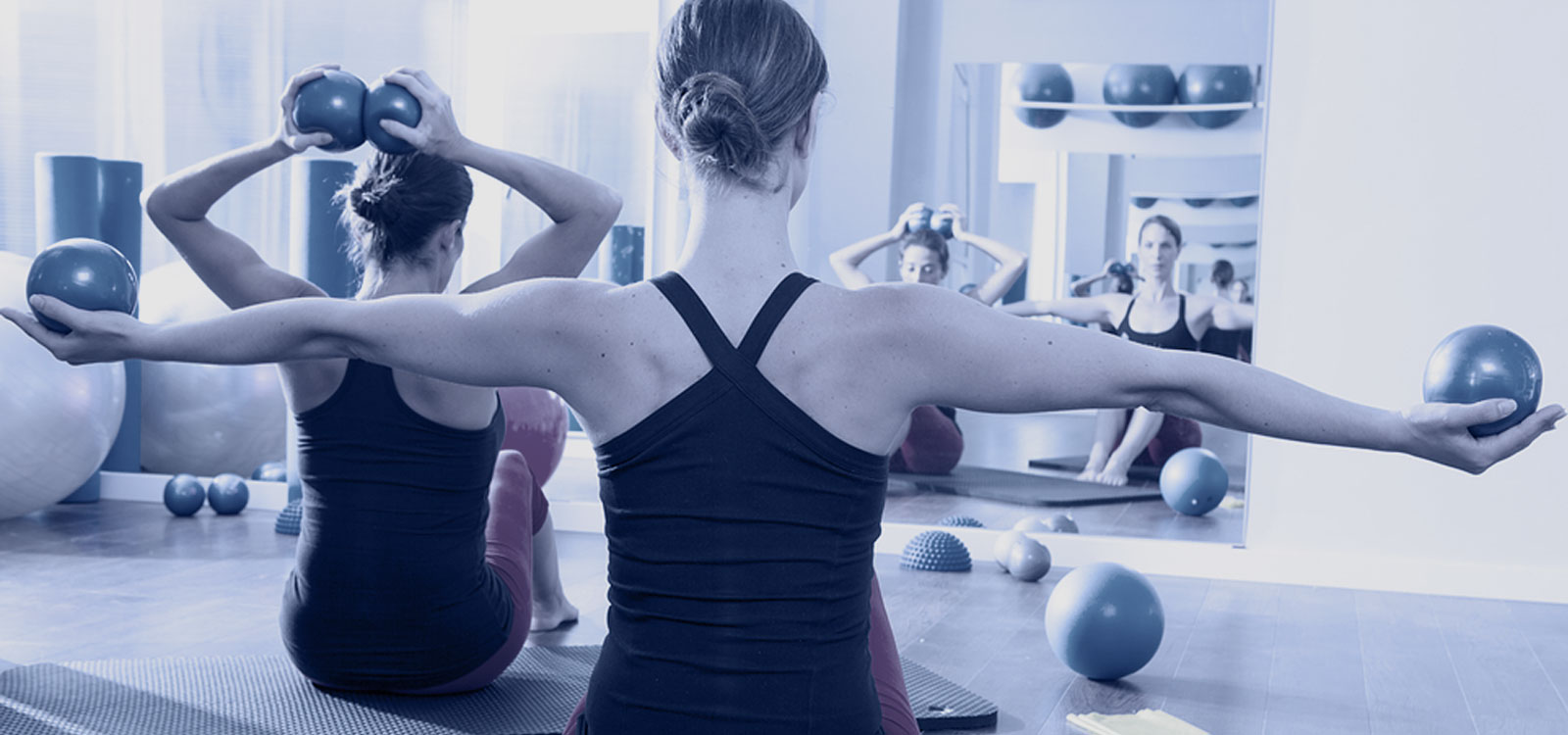Which class is better for me - Reformer or Mat?
What is the difference between Mat Pilates and Reformer Pilates?
With Group Reformer classes on the timetable you might find yourself wondering...”should I be rolling out a mat to do Pilates, or strapping into a Reformer “
Pilates mat workouts and Pilates Reformer workouts provide similar benefits. Working against resistance is essential to the Pilates method which is designed to train the body’s “powerhouse” (the abdomen, lower back, hips, and buttocks). You can accomplish that in Pilates using either a mat (where your own body weight creates resistance) or a Reformer (where pulleys and springs create resistance).
But the question still remains: Should you do Pilates on a mat or on a reformer?
Here’s a breakdown of the two types of classes to help you decide.
Mat Pilates
Most beginners will start with mat classes in order to learn the techniques, build strength, flexibility, and posture. By building a foundation with mat Pilates, you teach your body how to control your muscles.
With reformer Pilates, you may see muscle tone and feel stronger in a shorter time than with mat Pilates, but the truth is that neither is better than the other. Mat training provides a foundation for learning to control your muscles while reformer classes add resistance to improve strength. A combination of the two will give you well-rounded strength and agility.
We recommend mat classes as the best bet for beginners. On average, beginners could typically add Reformer work after three months of once-a-week mat classes.

Reformer Pilates
When doing Pilates on a mat or a Reformer, the amount of resistance and tension can often vary, but with a reformer it can be regulated. To some, Reformer equipment might resemble a torture apparatus, looking like a single bed frame but with a sliding carriage and adjustable springs to regulate tension and resistance. However, far from painful, these cables, bars, straps, and pulleys allow exercises to be done from a variety of positions, even standing.
The resistance created by the pulley and spring system can provide a more challenging strength and endurance workout than mat classes. It may also produce visible results sooner — arm, leg, and abdominal muscles can look firmer and defined within a dozen or so regular sessions. Plus, if weightloss is your goal, the reformer has a jump board, so you can get some cardio calorie burning in with plyometric work,
For people with physical limitations the Reformer is a far superior option. The Reformer can better help support and stabilize a person with compromised mobility — which potentially provides a better outcome.

In Conclusion
Pilates is about balance. The Pilates Method was designed to include both mat and reformer practices. They were created to complement each other. Both forms will teach you how to use your powerhouse, make performing daily activities and sports easier, and tone your body along the way.
Almost all exercises found on the reformer can be found on the mat. You may not be able to execute a teaser on the reformer right away, but practicing on the mat will build strength and confidence for you to reach that goal on the equipment.
The bottom line is neither one is better than the other.
They both provide the fabulous benefits that is the Pilates Method
The types of Pilates classes:
- Reformer Pilates class
- Matwork Pilates class
- Antenatal Pilates class
- Postnatal Pilates class
- Private Pilates class
- Pilates for Men
- Medical Pilates
Not sure? What do you need from Pilates?

 The cart is empty
The cart is empty
